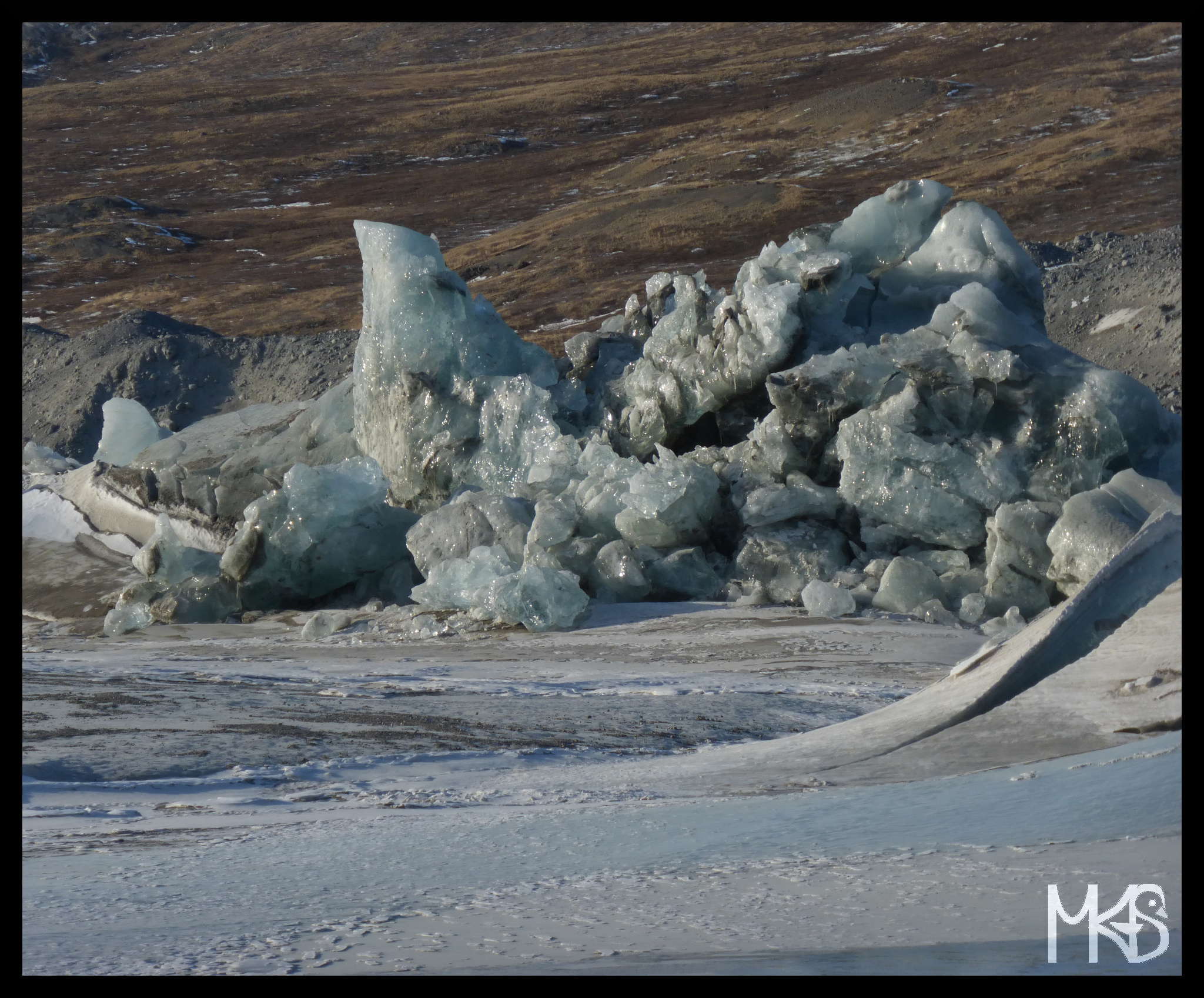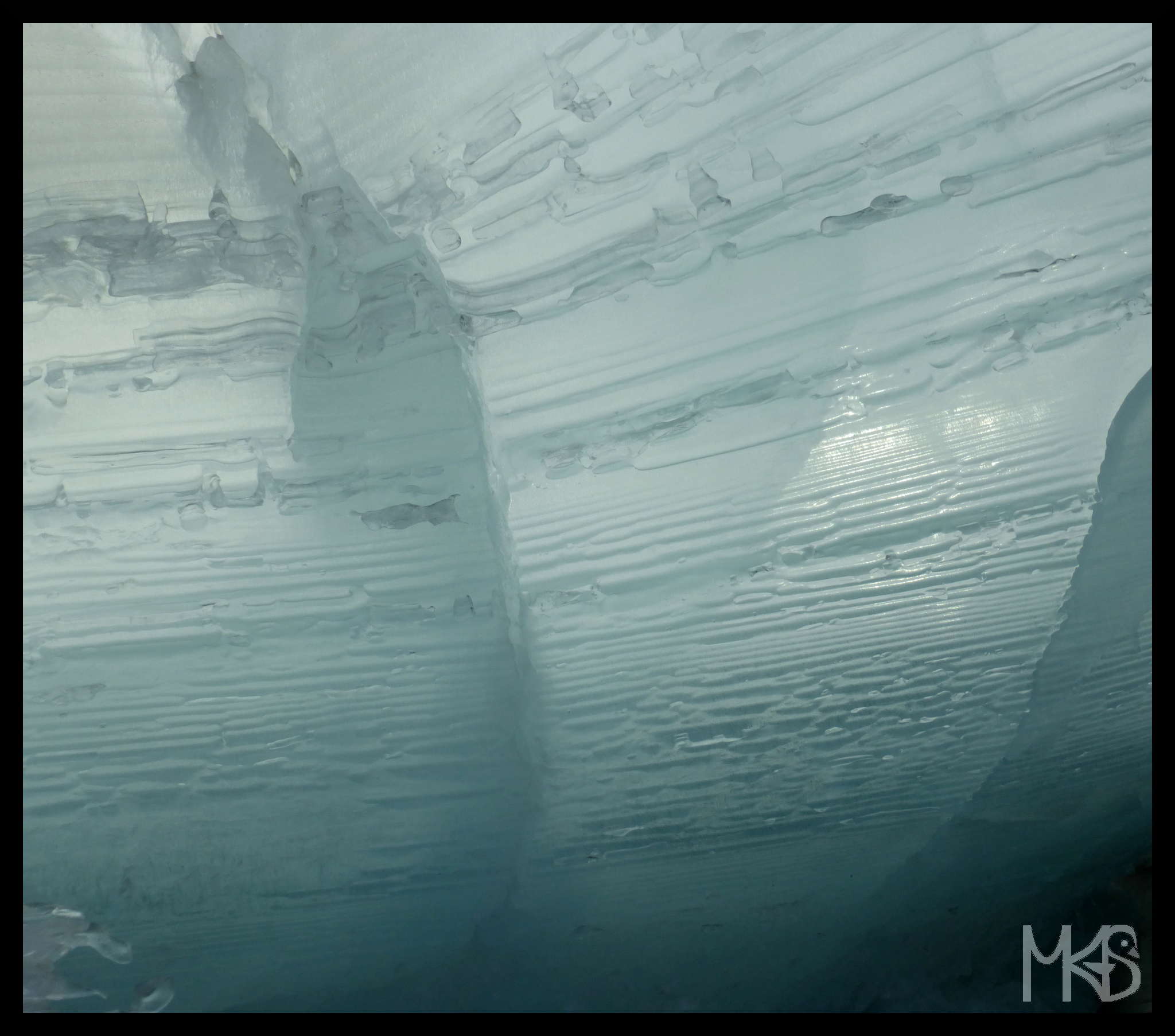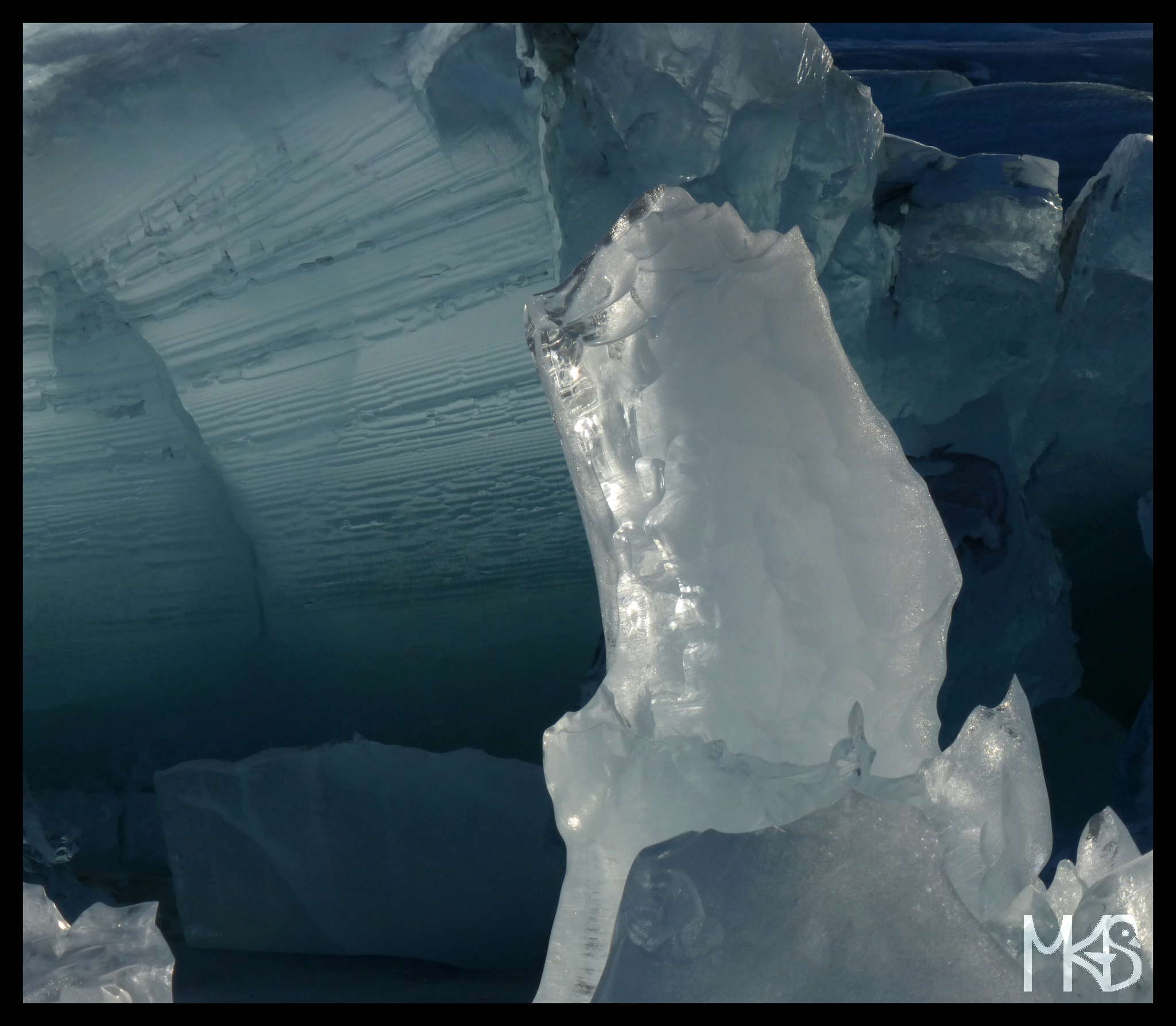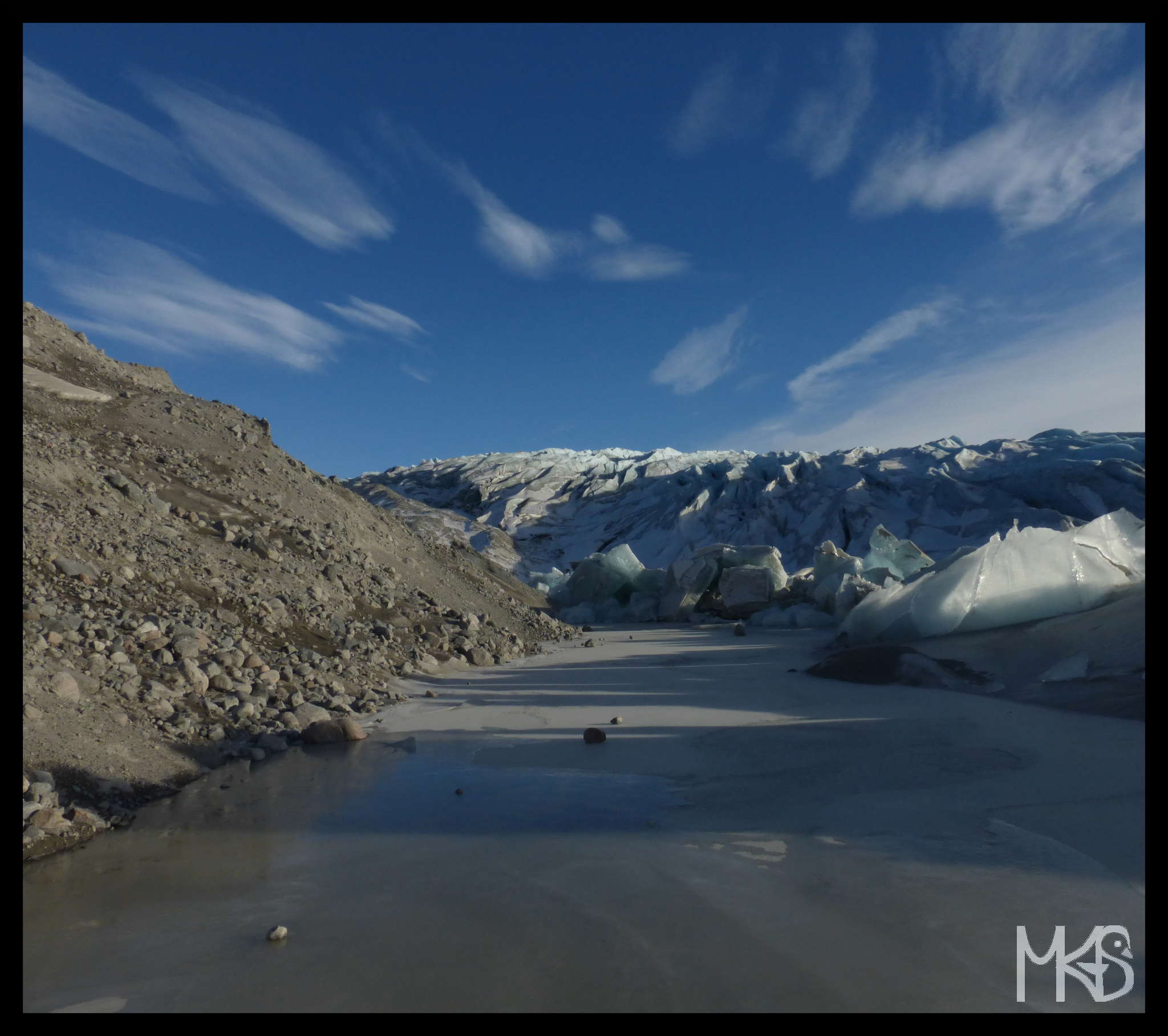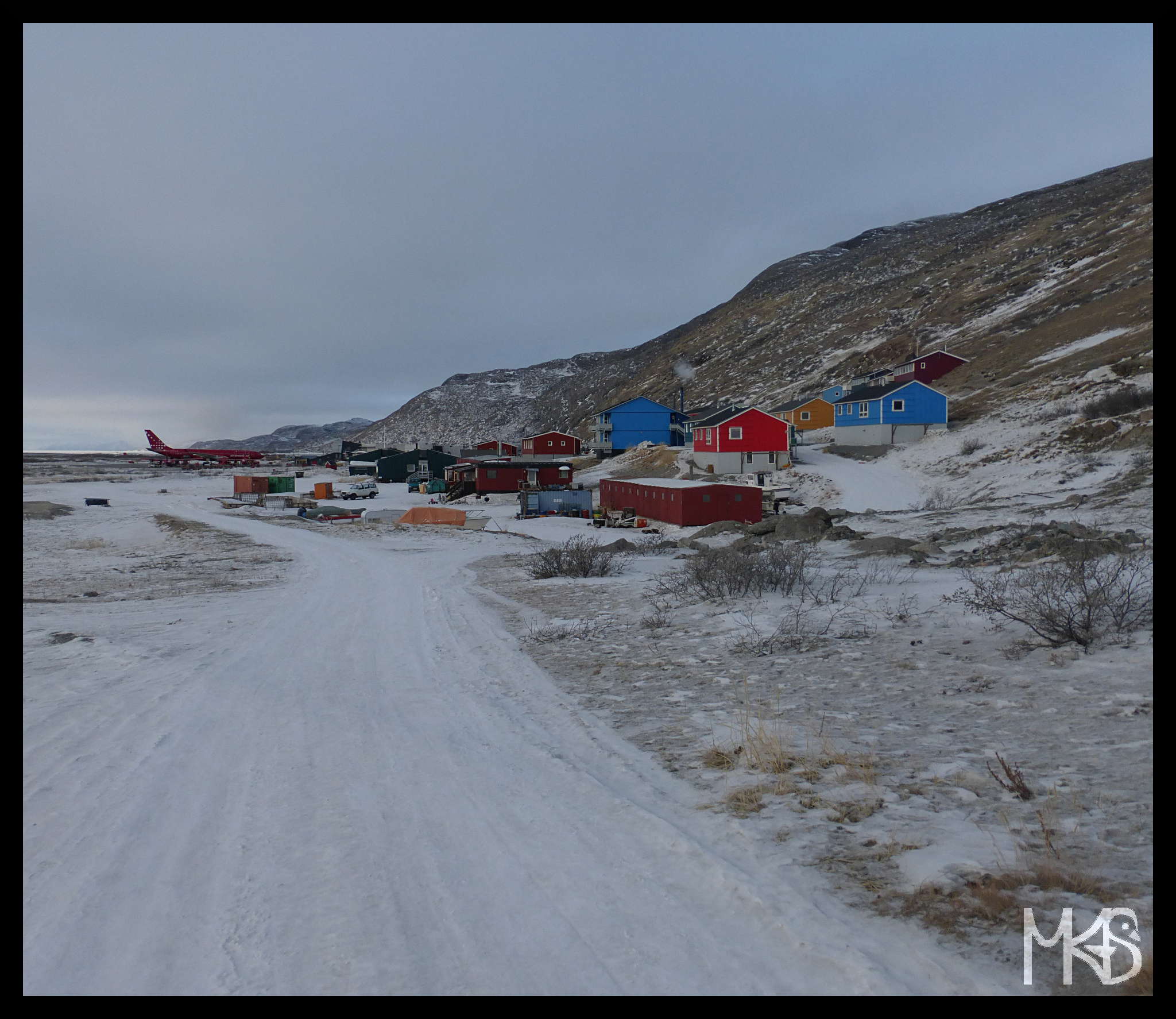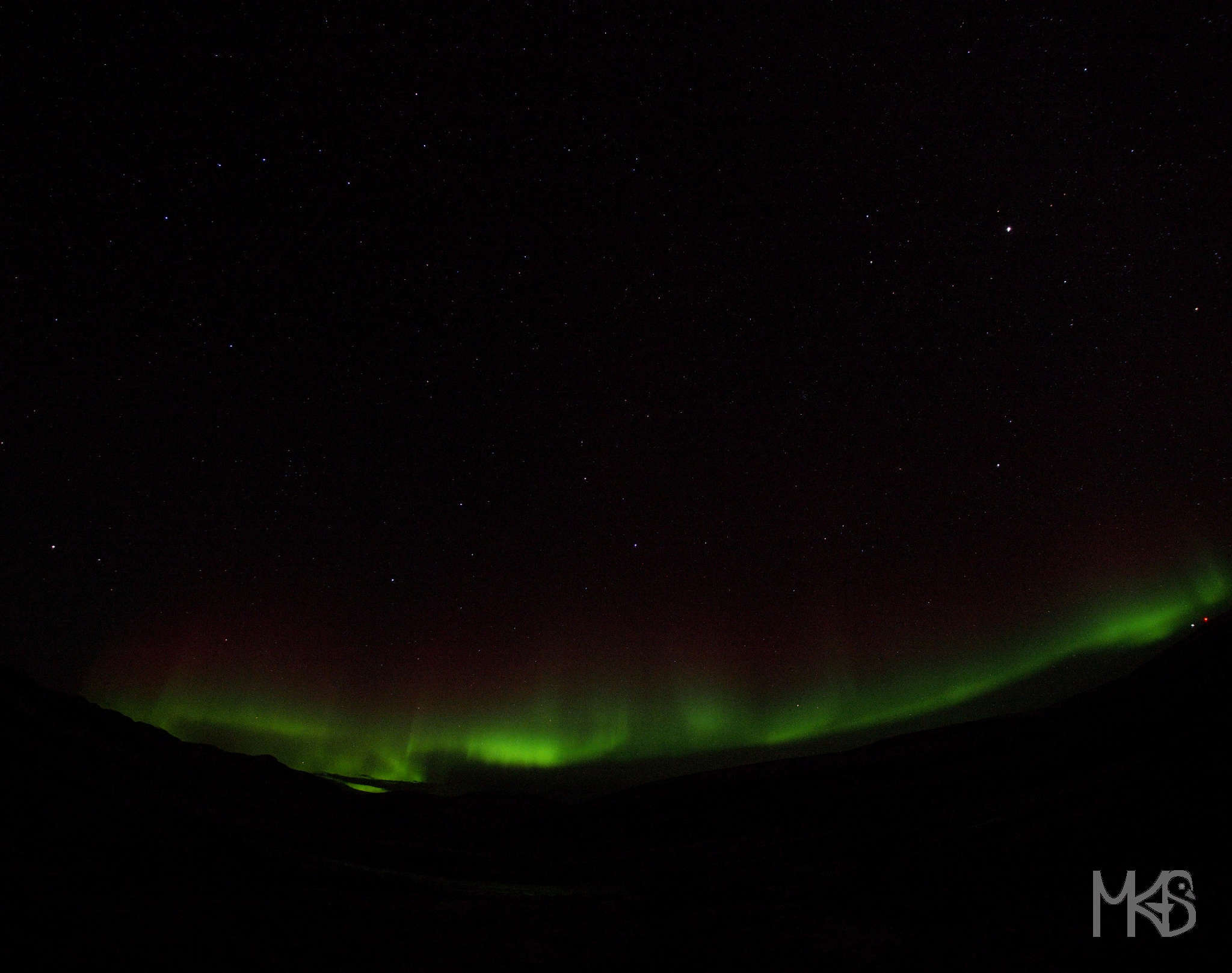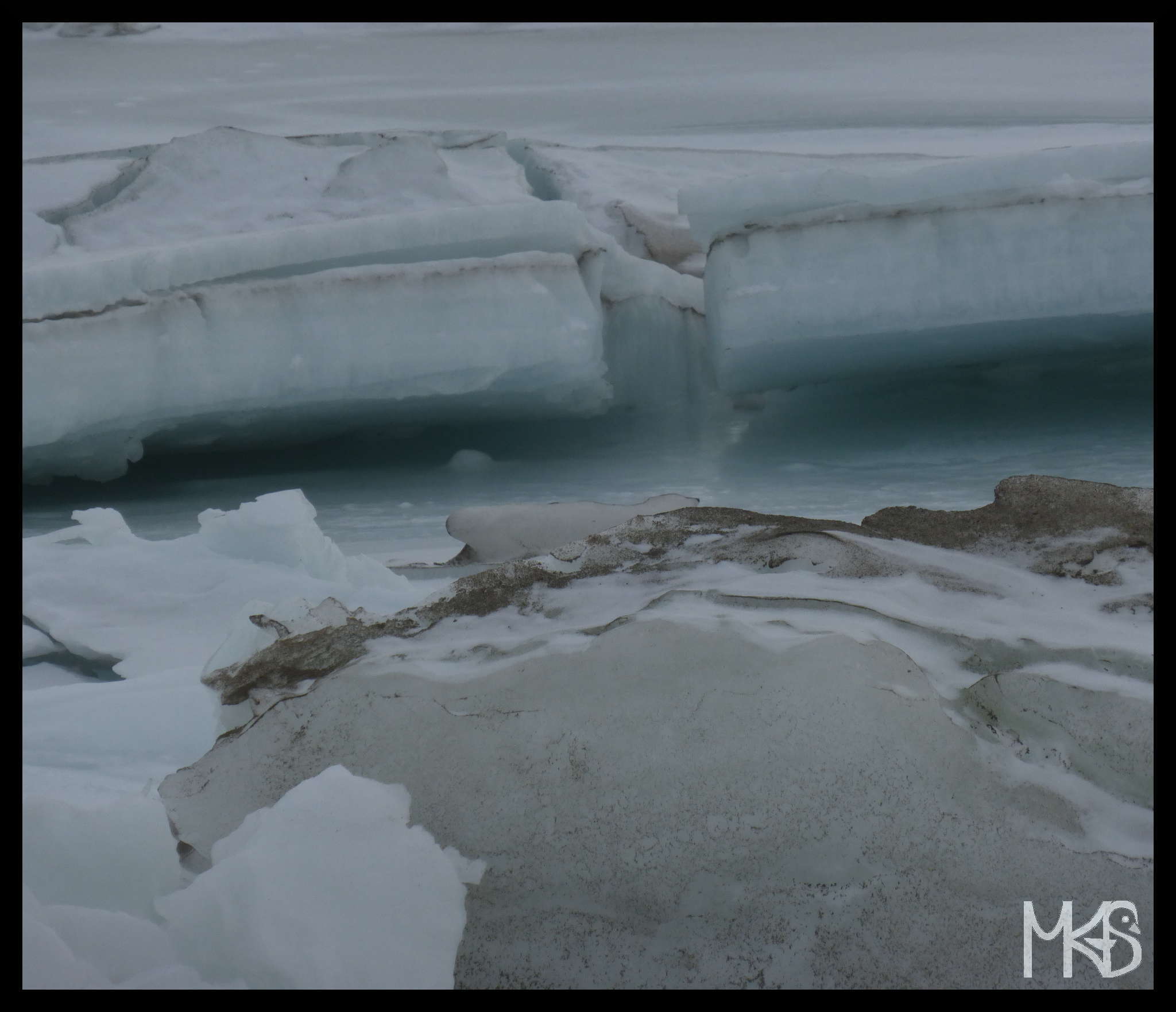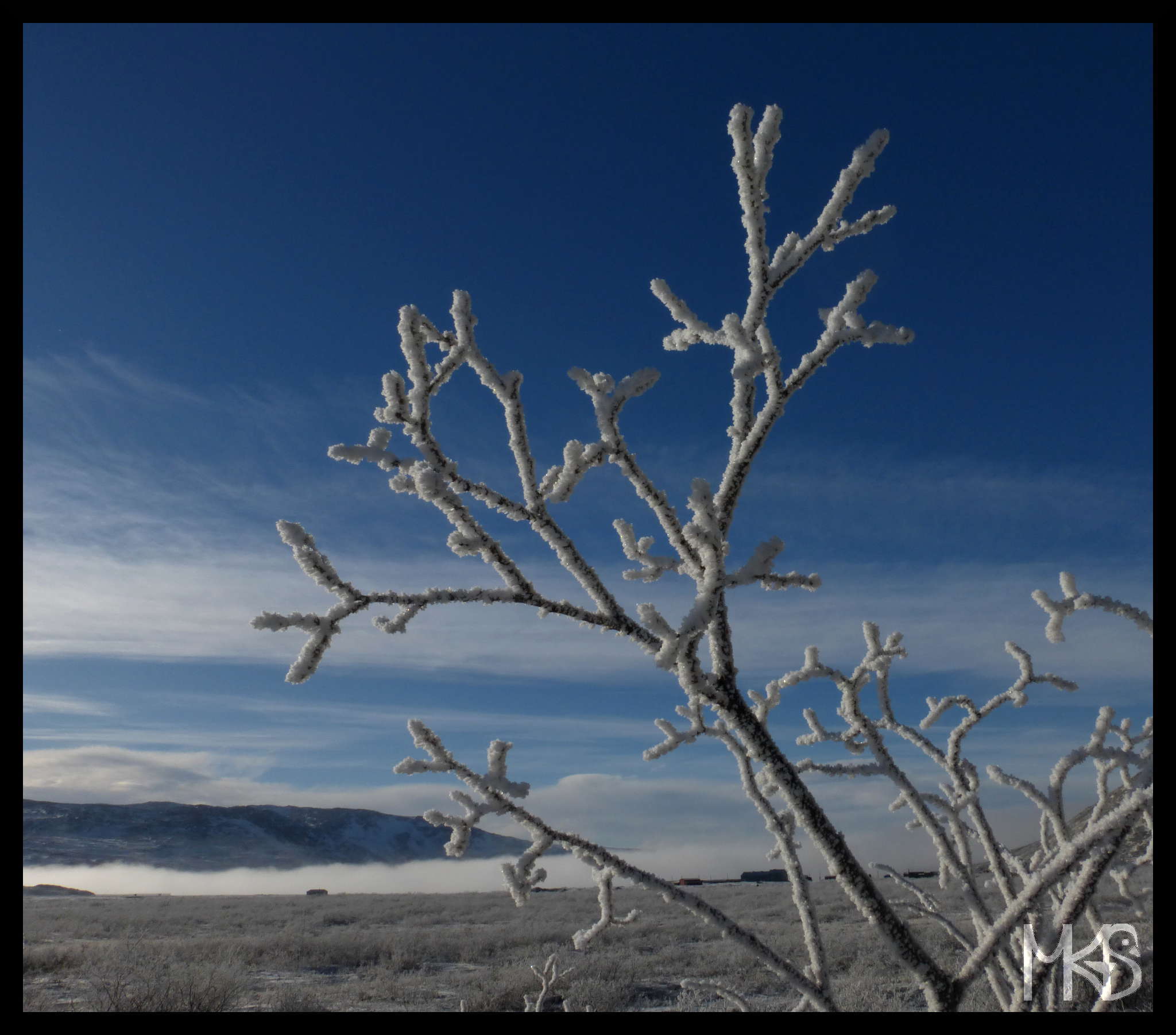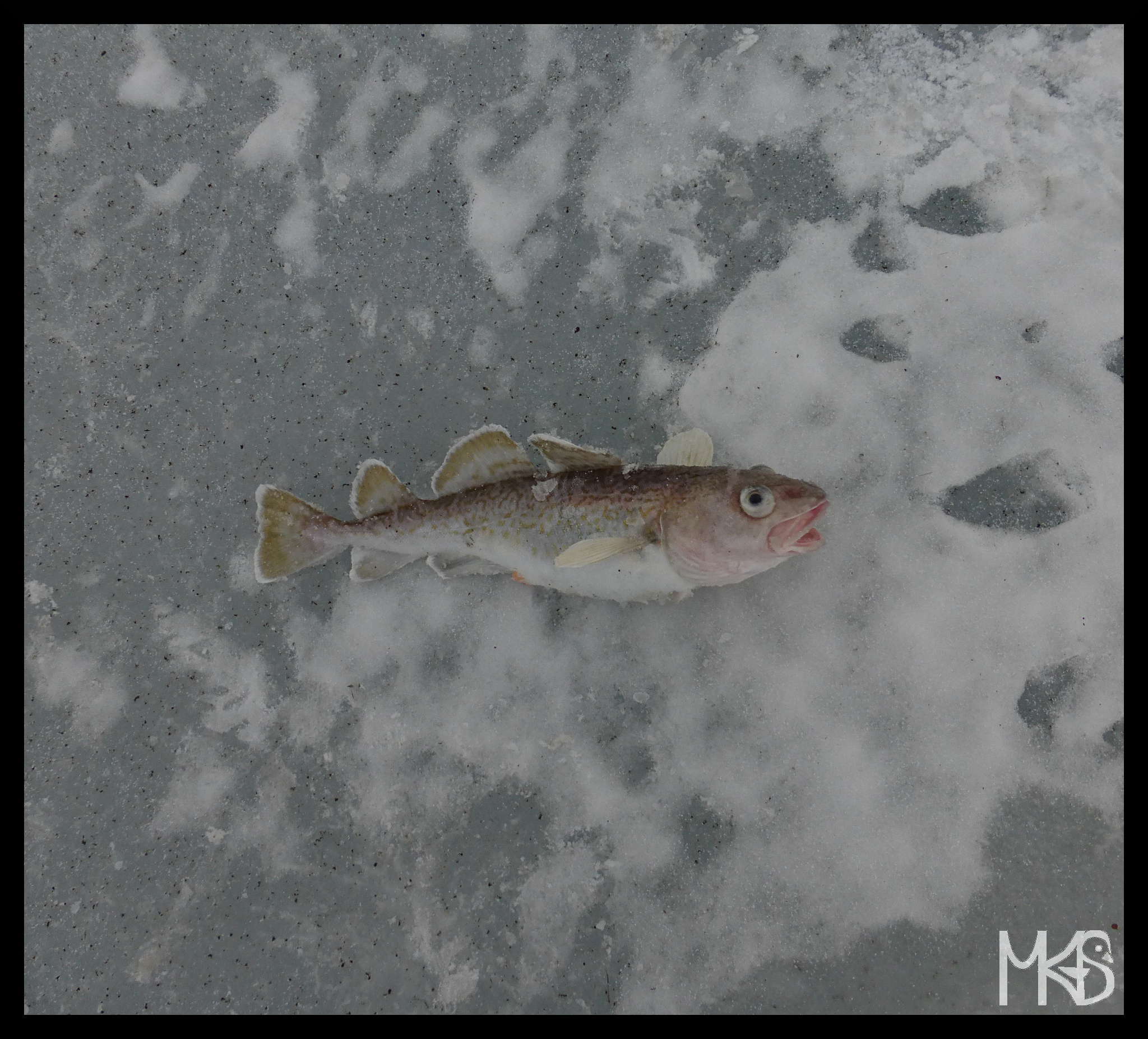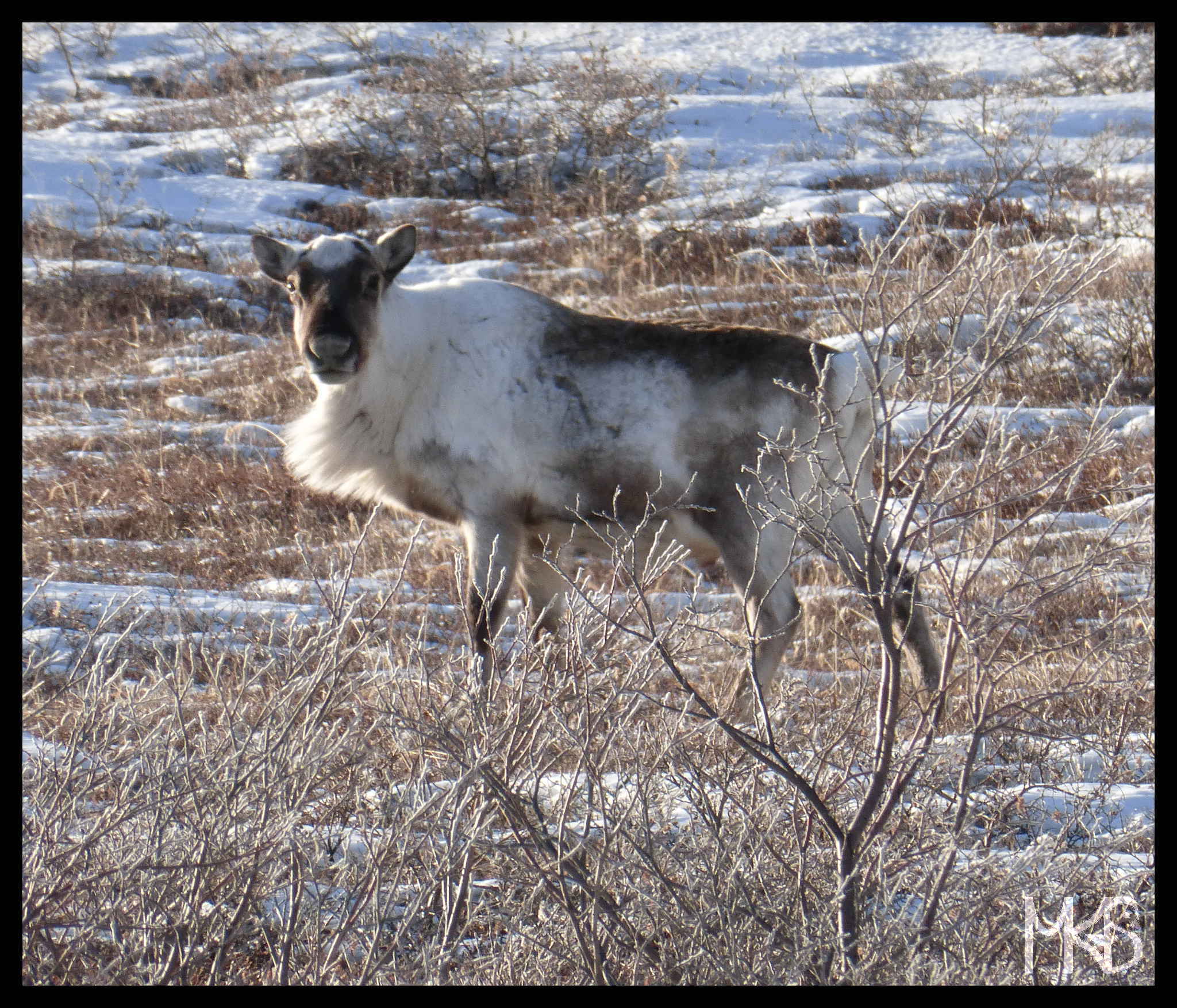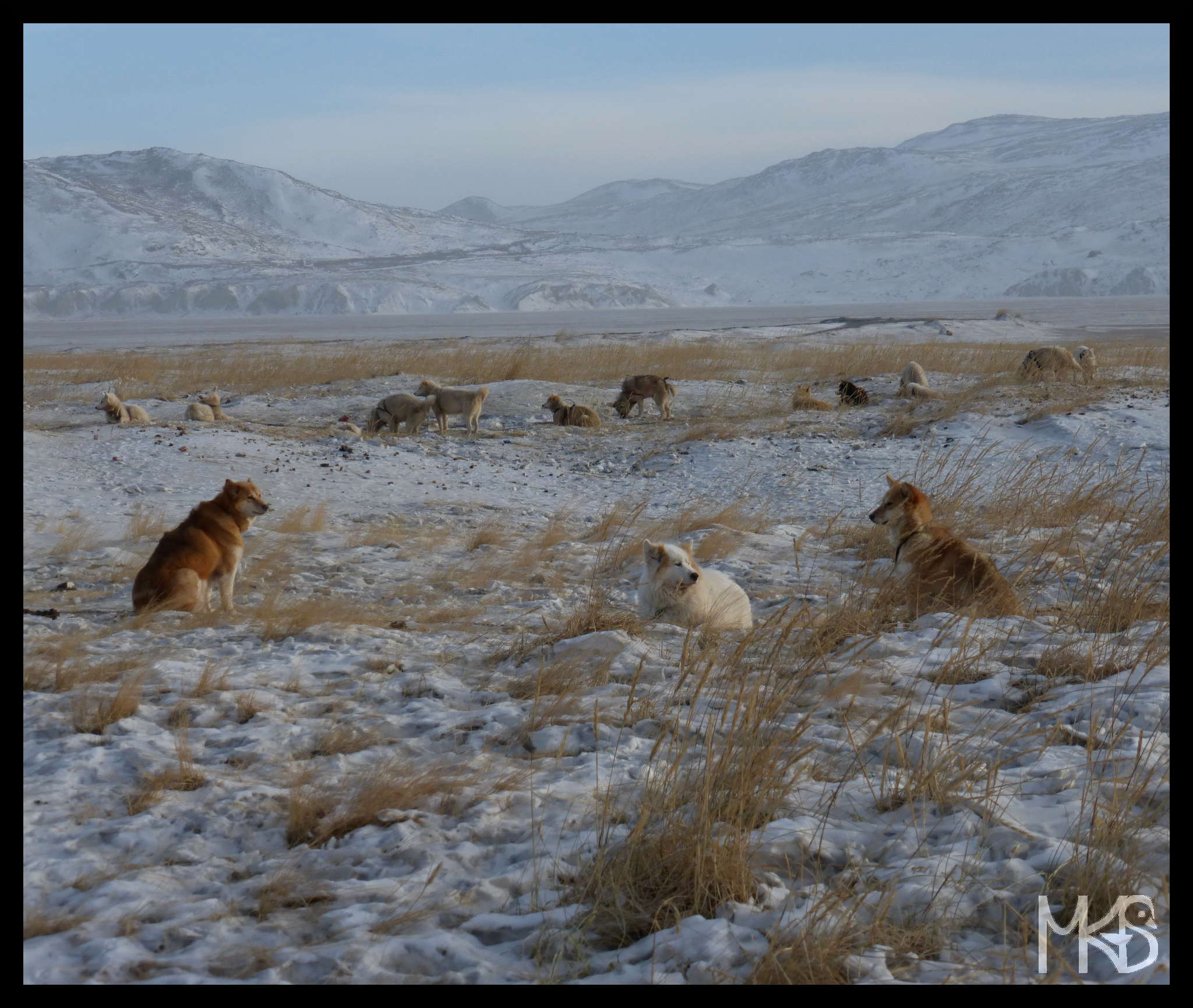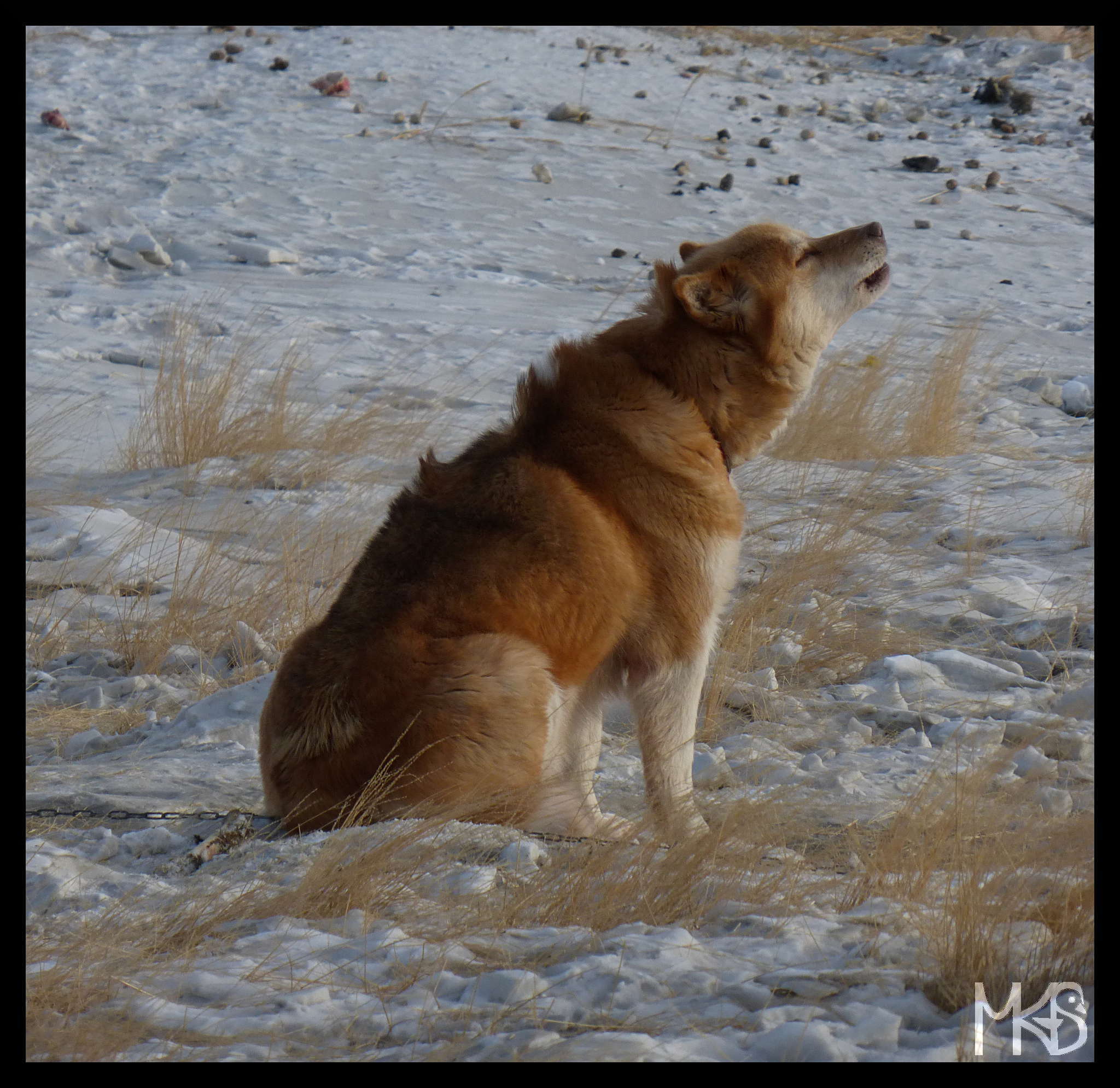
Before going to Greenland, I read that it’s not so windy there. But for your own good, it’s better to assume it’s windy and take appropriate clothes. 🙂
Author: Traveling Rockhopper
Greenland – Proper Clothes
Greenland – Low Humidity
Greenland – Weather

Is it cold in Greenland?
Well, it is often cold.
Cold places are “cool”. 😉
Greenland has an Arctic climate with average temperatures about 10 degrees Celsius in the warmest months (it can be even around 20C). Winder is colder, much colder; so you really have to plan what kind of clothes you should take with you for visiting Greenland. At the end, “cold” is a part of unique experience in Greenland. 😉
Greenland – Hot Springs
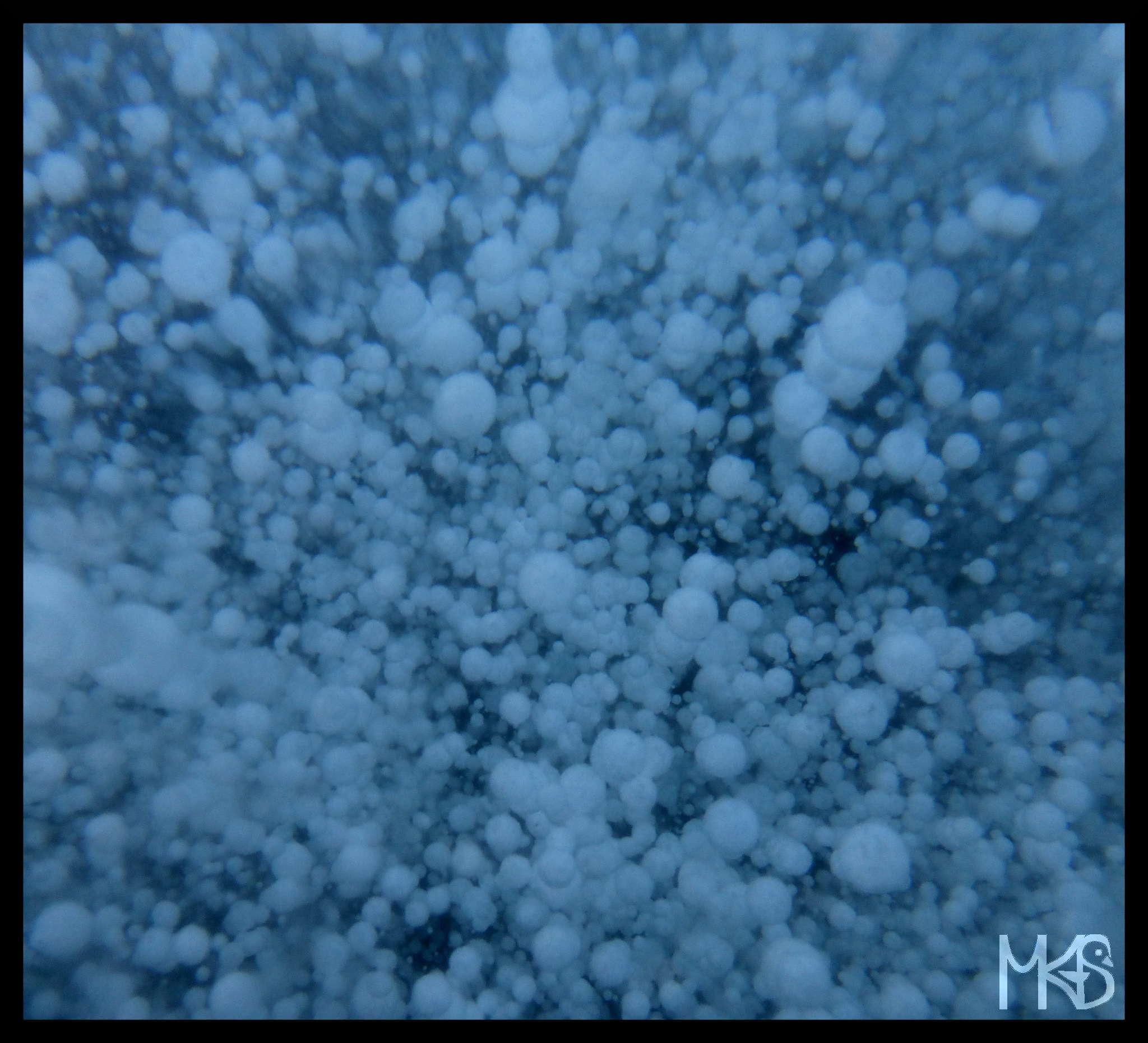
Can you believe there are hot springs in Greenland?
“They are not due to volcanic activity, as is the case on Iceland. It appears that the water is heated by deep layers in the earth’s crust rubbing against each other.” (source: https://visitgreenland.com)
The temperature of hot springs in Greenland varies between ~37-60 degrees Celsius.
Greenland – Glaciers
Greenland – Dog sledding
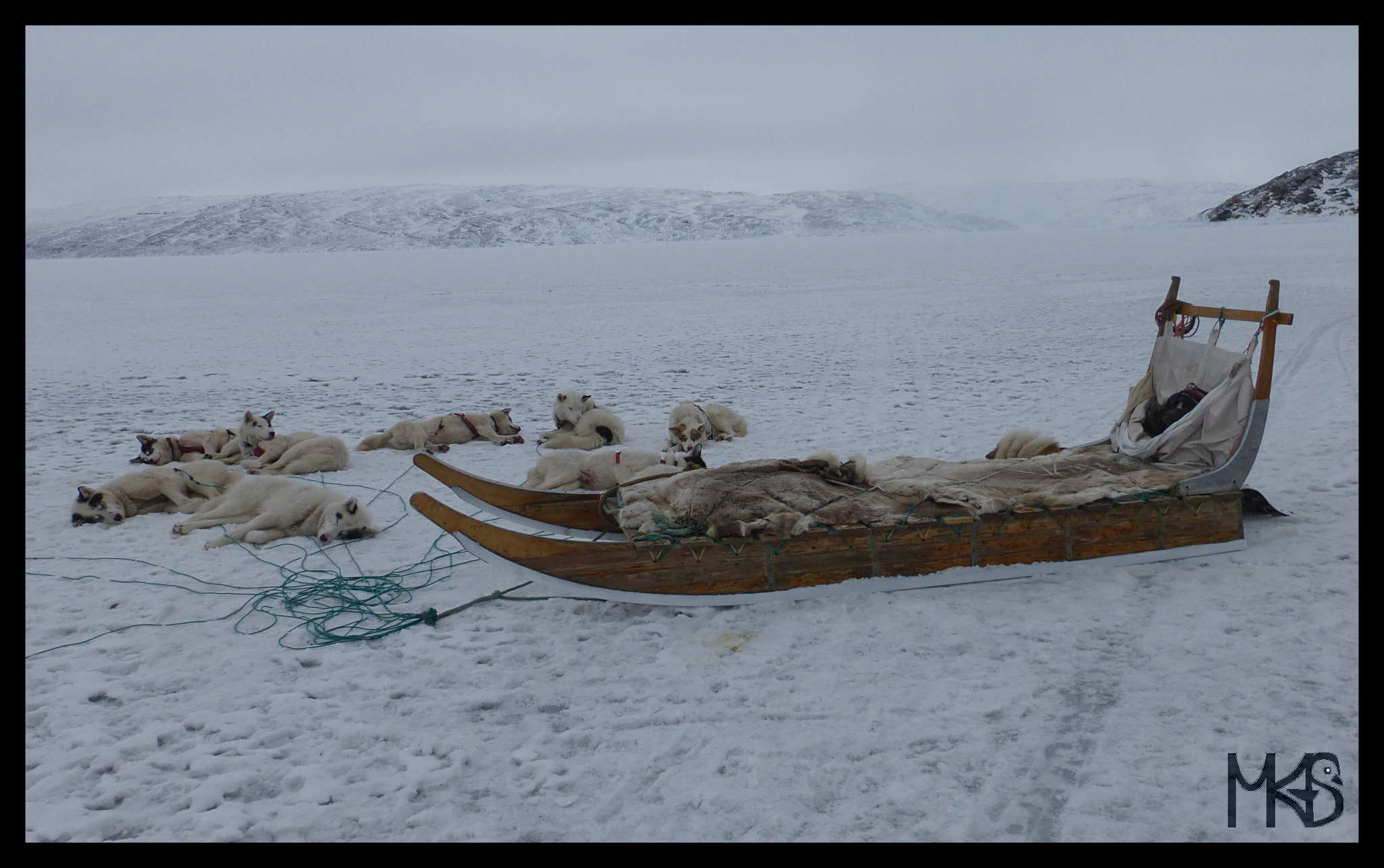
Dog sledding is an interesting experience you can have in Greenland, in winter.
At some point, I was thinking “poor dogs”, but these dogs actually don’t mind low temperatures and love to run; so it’s definitely far far from “elephants in Thailand”, etc.
Just be aware, that sled dogs are “kind of wild dogs”, even looking extra cute, they can be pet only if the owner allows to do so!
Greenland – Ice Cap
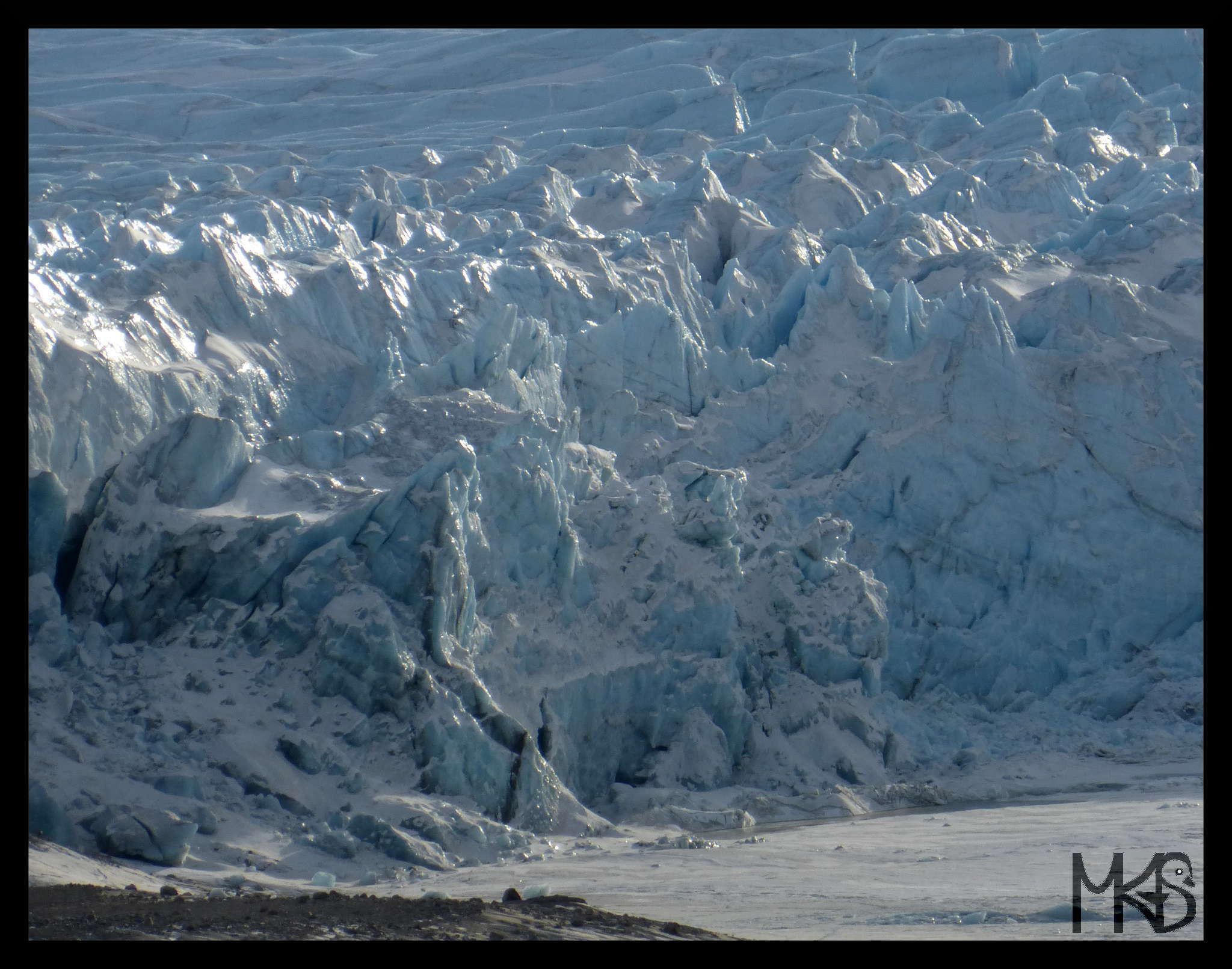
25 km from Kangerlussuaq, you’ll find this amazing Ice Cap.
Here, I’ll only cite a sentence from https://visitgreenland.com/destinations/kangerlussuaq/ :
“nothing conveys Earth’s power like the Greenland Ice Cap”.
Nicely said! 🙂
Greenland – Blue Sky
Greenland – Kangerlussuaq
Greenland – Midnight Sun
Greenland – Northern Lights
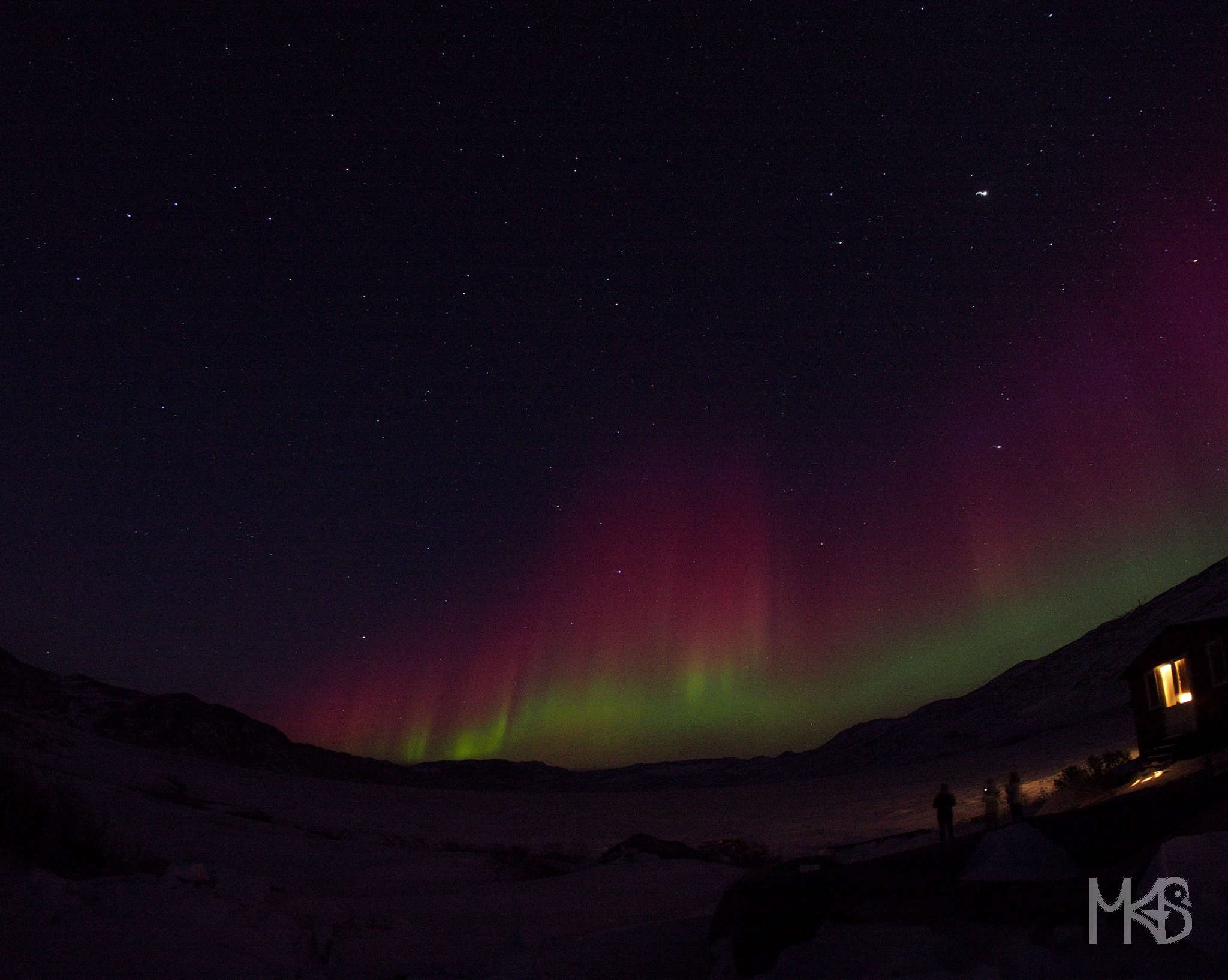
The northern lights are a wonderful phenomenon. Its idea is relatively simple, but it’s still very fascinating and effective.
Long, dark nights in Greenland (with “some help from the Sun” 😉 ) give a great opportunity to observe northern lights.
p.s. I was already writing about northern lights, that I’ve seen in Norway; so you’ll find seem practical issues in my previous posts:
http://travelingrockhopper.com/photographing-northern-lights_norway_21/
and
http://travelingrockhopper.com/northern-lights_norway_16/ .
Greenland – When to go
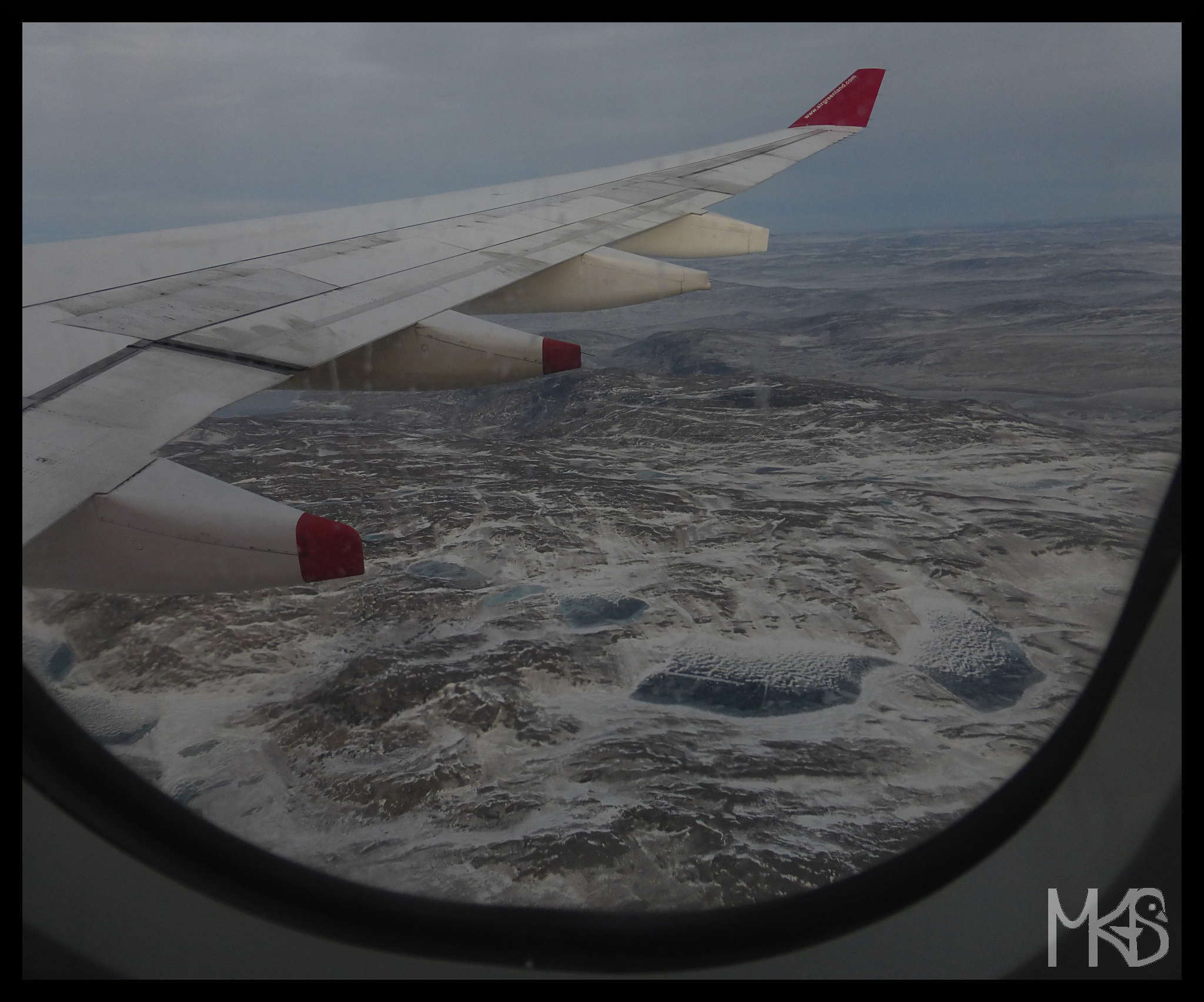
When is the best time to visit Greenland?
-Well, the answer is not so obvious. Summer gives lots of possibilities for tourists. However, visiting Greenland in winter is a unique experience; and in winter you have almost 100% chances to see northern lights!
I was in Greenland in winter, and I loved it. I have to admit, I still would love to visit Greenland in summer, hopefully one day.
Greenland – Seals
Greenland – Birds
Greenland – Whales
Greenland – Musk Ox
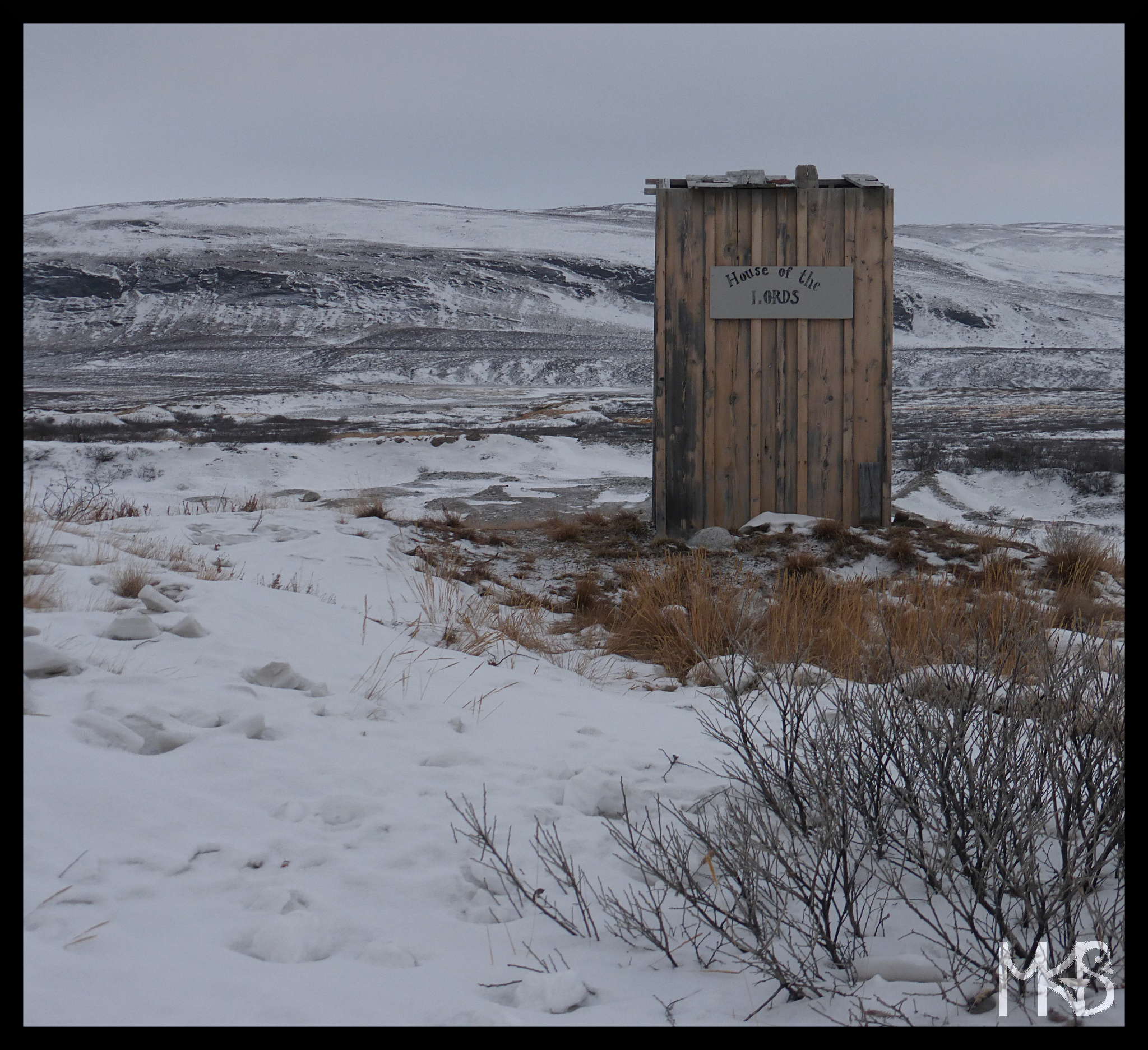
The musk ox (musk-ox or muskox) is the largest land mammal living in Greenland.
From far, musk ox looks like a brown stone (at least some people say it); from close – it’s kind of bison (from my point of view).
On today’s picture, you cannot see any musk ox; or maybe one is hiding in a “house of the lords”. 😉
However, it’s quite easy to spot musk ox or reindeer in Greenland; I’ve seen many of them just didn’t manage to take a good close up photo of musk ox.
Greenland – Reindeer
Greenland – Animals
Greenland – Language
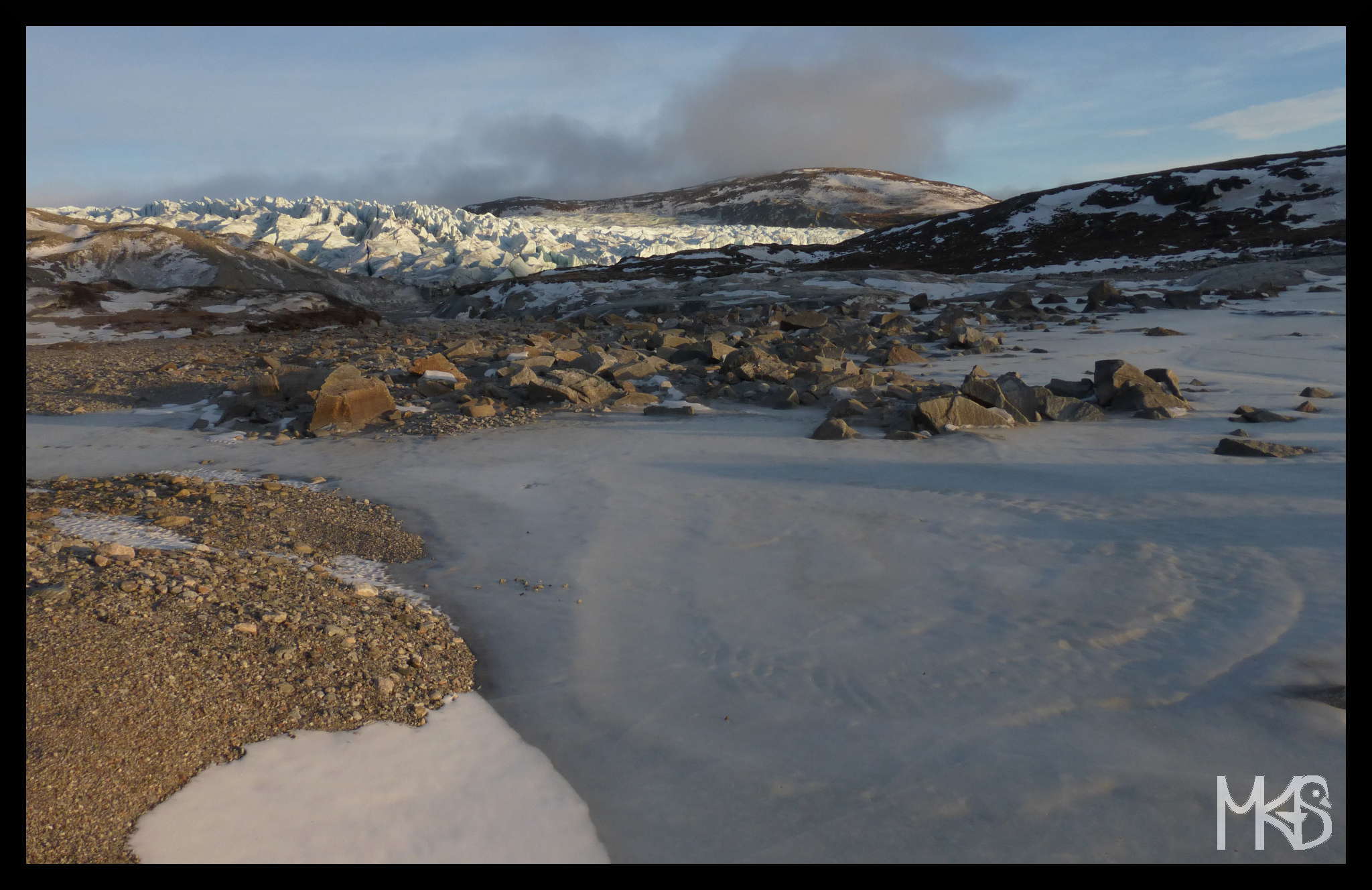
Greenlandic (Kalaallisut) is the official language in Greenland; it’s also spoken in Alaska and Canada.
Greenlandic is considered as a very difficult language for foreigners to learn, but don’t worry basically all Greenlanders speak also Danish (if it helps 😉 ) and very often know basics of English.
